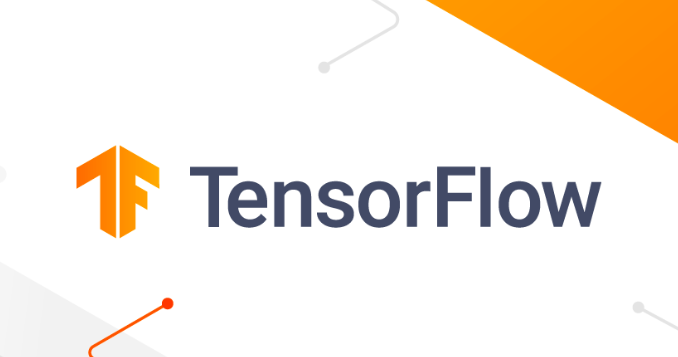
TensorFlow, an open-source machine learning framework developed by Google, has become one of the most popular tools for building and deploying machine learning models. Whether you’re a beginner or an experienced developer, TensorFlow offers a flexible and comprehensive platform to create powerful machine learning applications. Here’s a step-by-step guide to help you get started with TensorFlow.
1. Setting Up Your Environment
Before diving into TensorFlow, you’ll need to set up your development environment. TensorFlow can be installed on various platforms, including Windows, macOS, and Linux. Here’s how you can set it up:
Install Python: TensorFlow requires Python 3.7 or higher. You can download the latest version of Python from the official website.
Install TensorFlow: You can install TensorFlow using pip, the Python package manager. Open your terminal or command prompt pip install tensorflow
pip install tensorflow
pip install tensorflow
This will install the latest version of TensorFlow.
Verify Installation: To verify that TensorFlow is installed correctly, you can run the following Python code:
import tensorflow as tf
print(tf.__version__)
Copy codeimport tensorflow as tf
print(tf.__version__)
If TensorFlow is installed successfully, this will print the version of TensorFlow you have installed.
2. Understanding TensorFlow Basics
TensorFlow operates with tensors, which are multi-dimensional arrays. Here’s a quick overview of some basic concepts:
Tensors: Tensors are the core data structure in TensorFlow. They are similar to NumPy arrays but have additional capabilities, such as being used on GPUs.
Operations: TensorFlow performs operations on tensors, such as addition, multiplication, and matrix transformations. These operations can be executed on various devices, including CPUs and GPUs.
Graphs: In TensorFlow 1.x, computations were defined as a static computational graph. In TensorFlow 2.x, the default eager execution mode allows for immediate execution of operations, making it more intuitive and easier to debug.
3. Building Your First Model
Let’s build a simple neural network model using TensorFlow and its high-level API, Keras. Keras is integrated into TensorFlow and simplifies building and training models.
Step 1: Import Libraries
import tensorflow as tf
from tensorflow.keras import layers
Step 2: Define the Model
model = tf.keras.Sequential([
layers.Dense(128, activation='relu', input_shape=(784,)),
layers.Dense(64, activation='relu'),
layers.Dense(10, activation='softmax')
])
Here, we’ve created a simple feedforward neural network with two hidden layers.
Step 3: Compile the Model
model.compile(optimizer='adam',
loss='sparse_categorical_crossentropy',
metrics=['accuracy'])
Step 4: Train the Model
model.fit(train_data, train_labels, epochs=10)
Step 5: Evaluate the Model
model.evaluate(test_data, test_labels)
Exploring TensorFlow Ecosystem
TensorFlow offers a vast ecosystem that extends beyond basic model building. Here are some key components:
KerasCV and KerasNLP: These are powerful libraries for computer vision and natural language processing tasks. They provide pre-trained models that can be easily fine-tuned for specific tasks.
DTensor: DTensor is a tool for scaling model training across multiple devices. It allows combining data and model parallelism, making it easier to train large models efficiently.
JAX2TF: This tool allows models built in JAX to be converted to TensorFlow, enabling seamless integration between research and production environments.
TensorFlow Lite and TensorFlow.js: TensorFlow Lite is designed for mobile and embedded devices, while TensorFlow.js enables running machine learning models in the browser.
5. Resources for Further Learning
TensorFlow has extensive documentation and tutorials available on its official website. Whether you’re interested in deep learning, reinforcement learning, or deploying models in production, TensorFlow has resources to guide you.

Be the first to comment